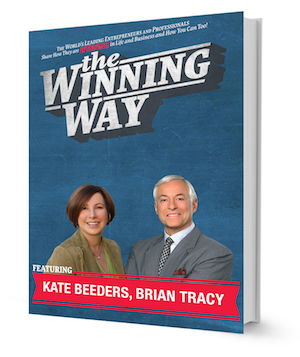One of the biggest complaints my coaching clients share is that their companies hold too, too many meetings.  They’re viewed as a waste of time, unnecessary, and the meeting host could have shared this information via email (or not at all).
They’re viewed as a waste of time, unnecessary, and the meeting host could have shared this information via email (or not at all).
On the flip side, some of my mid to high-level leadership clients have been told they “need” to schedule more meetings, which frustrates them as they know it doesn’t make sense.
As a result, many employees are stressed, overworked, and unhappy with their workplace because they need more time to do the work they were hired. And, we all know what happens when employees aren’t happy in/with their workplace.
As a result, this also leads to leadership and management losing their team’s respect with so many time-wasters.
From a bottom-line perspective, this hurts a company’s profitability. For example, someone making $100 per hour spending 15 hours a week in meetings costs the company $1,500 per week, or $75,000 per year (based on 50 weeks). That’s a lot of money!!!
The problem of “too many meetings” isn’t new and has become more prevalent with the pandemic and hybrid/remote workers. I believe there are better ways to increase employee engagement than constant meetings.
I’ve even heard about the “lemon law” in the workplace when an attendee has the right to leave a meeting after ten minutes if they find it invaluable and there will be no repercussions.
My strategic suggestion when scheduling a meeting is to focus on the “why.”
-Why is this meeting being called? Can the results be accomplished in a different (shorter) form of communication?
-Why are these people being invited? Is it necessary (and more important) to pull them away from whatever they are working on to be part of this?
-Why is this content being included in the meeting? Is it necessary?
This timely article in the Wall Street Journal shares how to run 15-minute meetings effectively instead of the default of 30-minute meetings, which is the industry standard.
The four rules to grade your meeting per the article:
- Keep your circle tight: only invite those necessary.
- Stay on topic: lose the chit-chat or off-topic conversations
- Read up: send pre-work (i.e., reports)to attendees before the meeting.
- Stack them: don’t have meetings throughout the day; have them one after the other, allowing for better productivity.
Here’s the link to the Wall Street Journal article to read further:
Have you come up with any best practices to alleviate the inundation of meetings? Please share 🙂
Be Brilliant,

International Speaker | Best-Selling Author |
Breakthrough Success Expert | Leading Mindset Expert | Award-Winning Strategist | Private Coaching
Contact me today for Professional Development support for your team.
Photo by Danielle Cerullo on Unsplash




